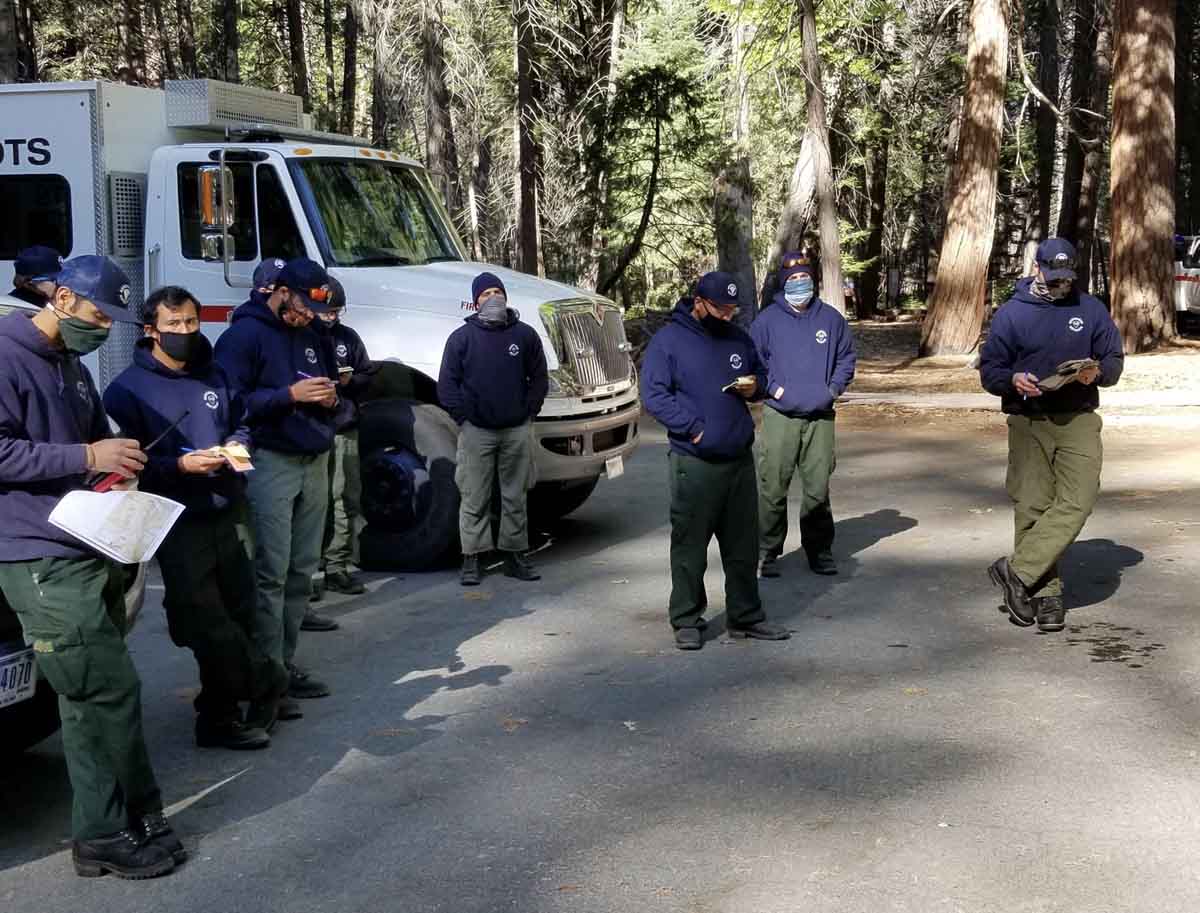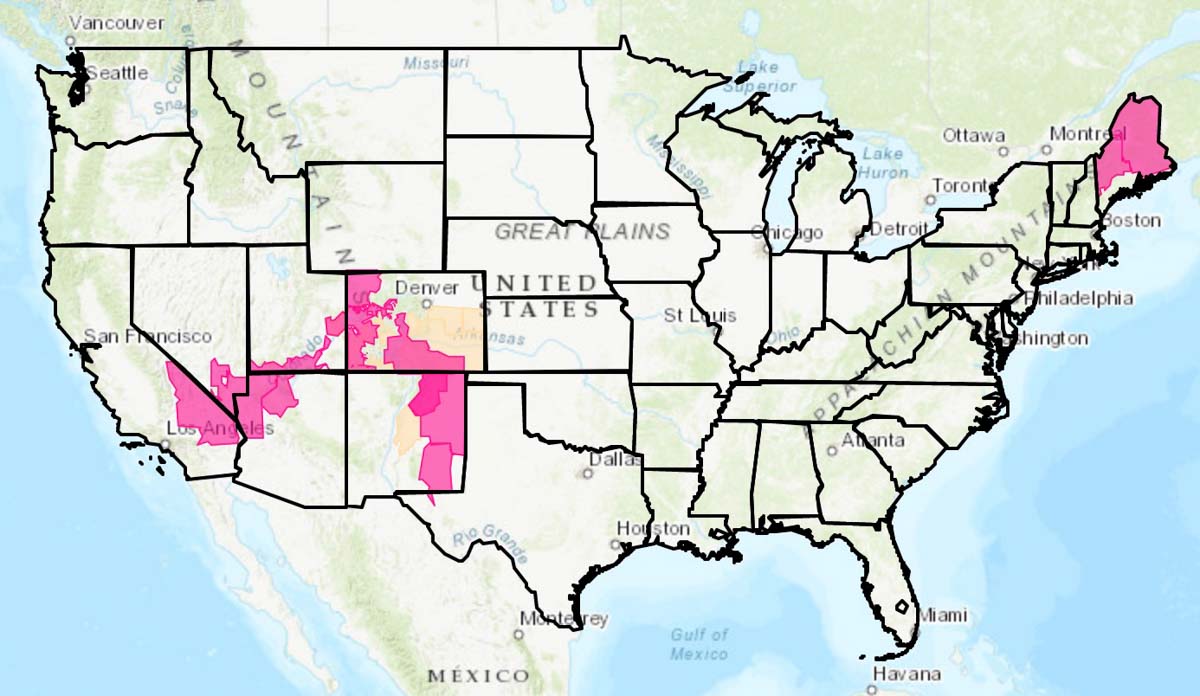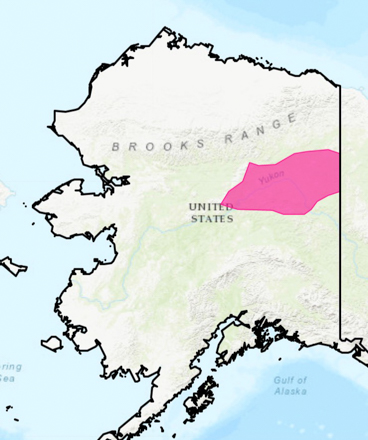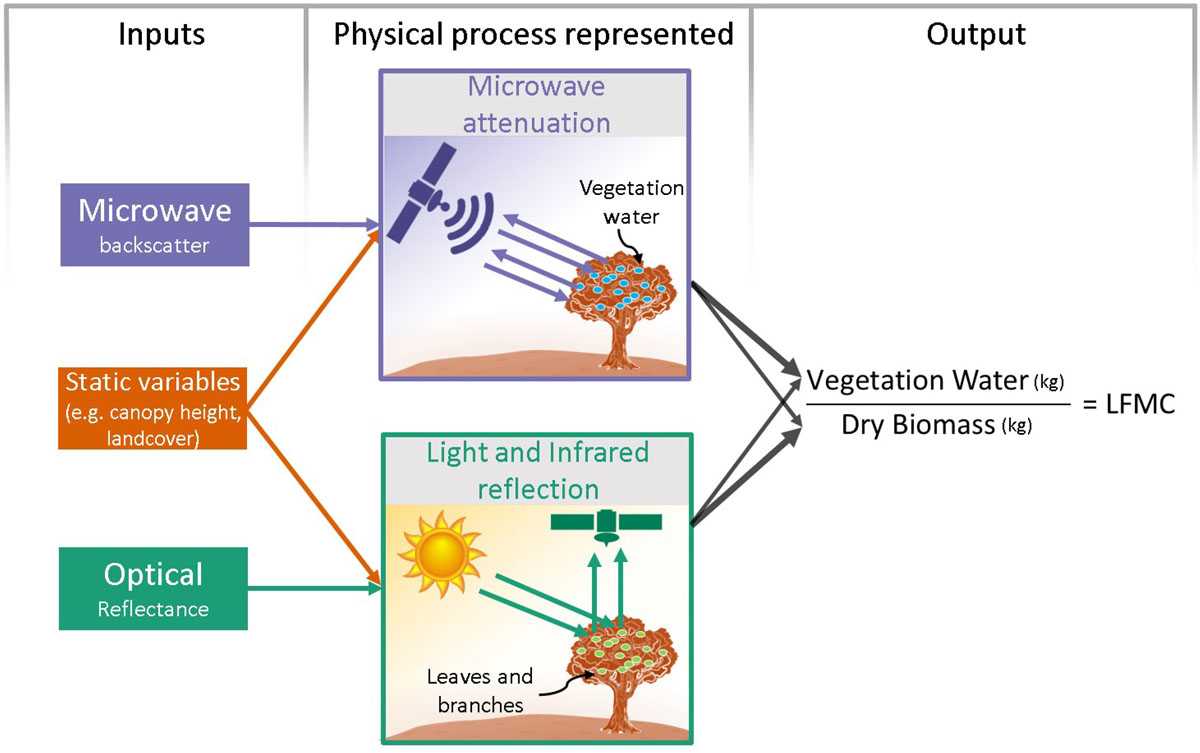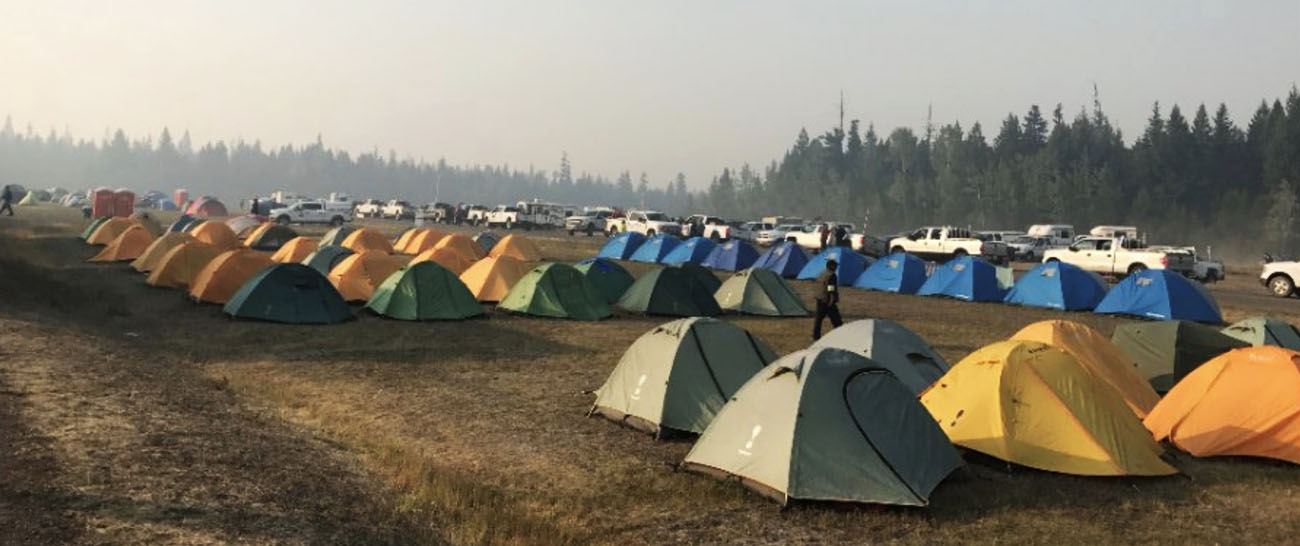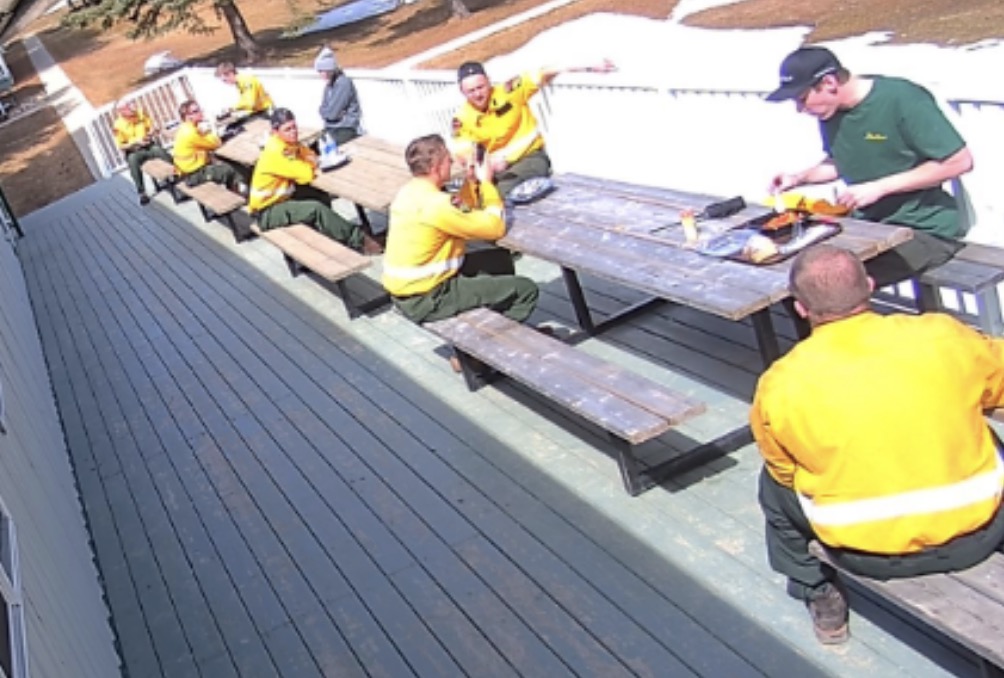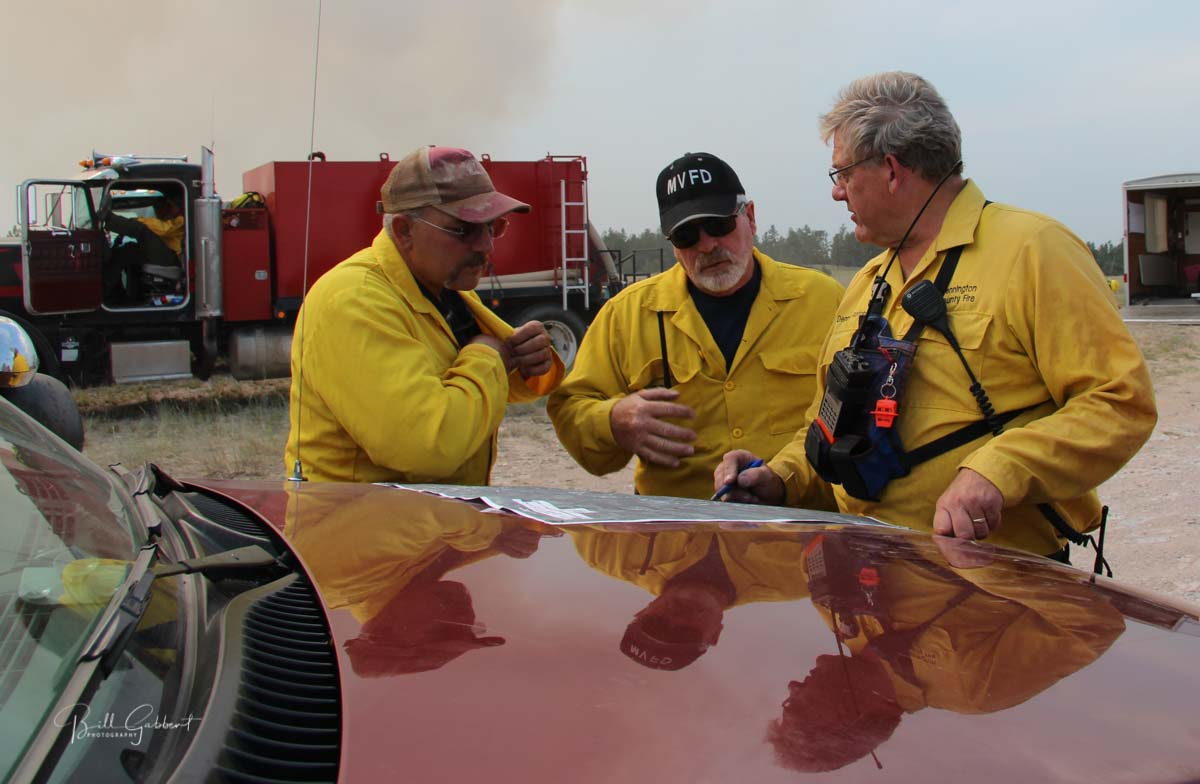Last week the Federal Emergency Management Agency (FEMA) released the COVID-19 Pandemic Operational Guidance for the 2020 Hurricane Season to help emergency managers and public health officials best prepare for disasters while continuing to respond to and recover from coronavirus (COVID-19). In a news release, FEMA said that while the document focuses on hurricane season preparedness, most planning considerations can also be applied to any disaster operation in the COVID-19 environment, including no-notice incidents, spring flooding, wildfire seasons, and typhoon response.
Specifically, the guide:
- Describes anticipated challenges to disaster operations posed by COVID-19;
- Highlights planning considerations for emergency managers based on current challenges;
- Outlines how FEMA plans to adapt response and recovery operations;
Creates a shared understanding of expectations between FEMA and emergency mangers; and, - Includes guidance, checklists and resources to support emergency managers response and recovery planning.
The 59-page document does not have a lot of details, for example specifics of how to set up an evacuation center, but there are lists of items to consider.
As an example, here is the section on Evacuation Planning:
Evacuation Planning
State, Local, Tribal & Territorial (SLTT) organizations should review evacuation plans and consider:
- Assessing community demographics and identifying areas facing high risk, including considerations for those under stay-at-home orders, at higher risk of serious complications from COVID-19, individuals with disabilities, and others with access and functional needs.
- Reviewing clearance times and decision timelines, with COVID-19 planning considerations, such as mass care and sheltering plans.
- Considering impacts of business closures/restrictions along evacuation routes; limited restaurant/lodging availability will place extra stress on state and local officials and may require unprecedented assistance to travelers.
- Maintaining availability of mass transit and paratransit services that provide a transportation option for those individuals who are unable to use the fixed-route bus or rail system for evacuation of people with disabilities in accordance with CDC guidance and social distancing requirements.
- Using EMPG-S funding to modify evacuation plans to account for limited travel options and increased time needed for evacuation of health care facilities.
- Targeting evacuation orders and communication messages to reduce the number of people voluntarily evacuating from areas outside a declared evacuation area.
- Developing communication plans for communities likely impacted by hurricane season or other emergent incidents for any updates or alterations to evacuation strategies, and ensuring communications are provided in a way that is accessible to people with disabilities and limited English proficiency.
- Reviewing available alternate care sites and federal medical stations as potential evacuation sites or longer-term solution for hospitals and medical facilities, if needed, and considering staffing needed to support facilities.
- Determining logistics and resource requirements to support government-assisted evacuations.
- Reviewing, expanding, and/or establishing agreements with NGOs, agencies, volunteers, and private sector vendors that will be needed for evacuee support and ensuring partners are prepared to deliver services in a COVID-19 environment.
- Engaging with neighboring states and jurisdictions to coordinate cross-border movement of evacuees in large-scale evacuations.
- Developing host jurisdiction sheltering agreements.
Thanks and a tip of the hat go out to Bill. Typos or errors, report them HERE.


